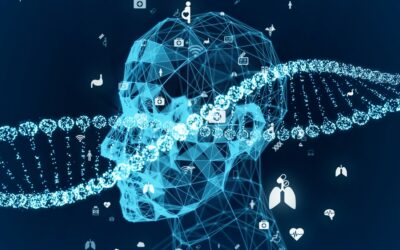As technology continues to evolve, the risks of cyber threats and data breaches also evolve and become more complex. Some of the key risks associated with potential cyber threats and data breaches include:
-
Increased Sophistication of Attacks: As technology advances, cybercriminals develop more sophisticated methods to breach security measures. These can include advanced malware, social engineering tactics, and zero-day exploits targeting vulnerabilities in software and hardware.
-
Expanding Attack Surface: The proliferation of internet-connected devices through the Internet of Things (IoT) and the adoption of cloud computing services have expanded the attack surface for cybercriminals. Each connected device represents a potential entry point for attackers to infiltrate networks and access sensitive data.
-
Insider Threats: Employees, contractors, or third-party vendors with access to sensitive data pose a significant insider threat. Malicious insiders may intentionally misuse their privileges to steal data, while unintentional actions, such as falling victim to phishing scams or downloading malware, can also lead to data breaches.
-
Supply Chain Vulnerabilities: Organizations increasingly rely on third-party vendors and suppliers for various services and products, which can introduce security vulnerabilities into their supply chain. Cybercriminals may target these vendors to gain access to the networks and data of their clients.
-
Regulatory Compliance Challenges: With the introduction of regulations such as the General Data Protection Regulation (GDPR) and the California Consumer Privacy Act (CCPA), organizations face increased pressure to comply with data protection requirements. Non-compliance can result in hefty fines and damage to reputation in the event of a data breach.
-
Ransomware Attacks: Ransomware attacks continue to pose a significant threat to organizations of all sizes. Cybercriminals use ransomware to encrypt sensitive data and demand payment in exchange for decryption keys, causing financial losses and disrupting business operations.
-
Data Privacy Concerns: As technology collects and processes vast amounts of personal data, concerns about data privacy and protection grow. Unauthorized access to personal information can lead to identity theft, financial fraud, and reputational damage for individuals and organizations alike.
-
Emerging Technologies: The adoption of emerging technologies such as artificial intelligence (AI), blockchain, and quantum computing introduces both opportunities and risks. While these technologies offer innovative solutions to cybersecurity challenges, they also present new attack vectors that cybercriminals can exploit.
-
Cyber Warfare and State-Sponsored Attacks: Nation-states and cyber warfare actors engage in cyber espionage, sabotage, and disruption activities targeting government agencies, critical infrastructure, and private sector organizations. These attacks can have far-reaching consequences for national security and economic stability.
-
Lack of Cybersecurity Awareness and Skills: Despite increased awareness of cybersecurity threats, many individuals and organizations still lack the necessary knowledge and skills to protect themselves effectively. Cybersecurity education and training initiatives are essential to empower users to recognize and mitigate potential risks.
To address these risks, organizations must adopt a proactive approach to cybersecurity that includes implementing robust security measures, regularly updating systems and software, conducting risk assessments, and providing ongoing cybersecurity training for employees. Collaboration between government agencies, industry partners, and cybersecurity professionals is also crucial to effectively combatting cyber threats and protecting sensitive data.



